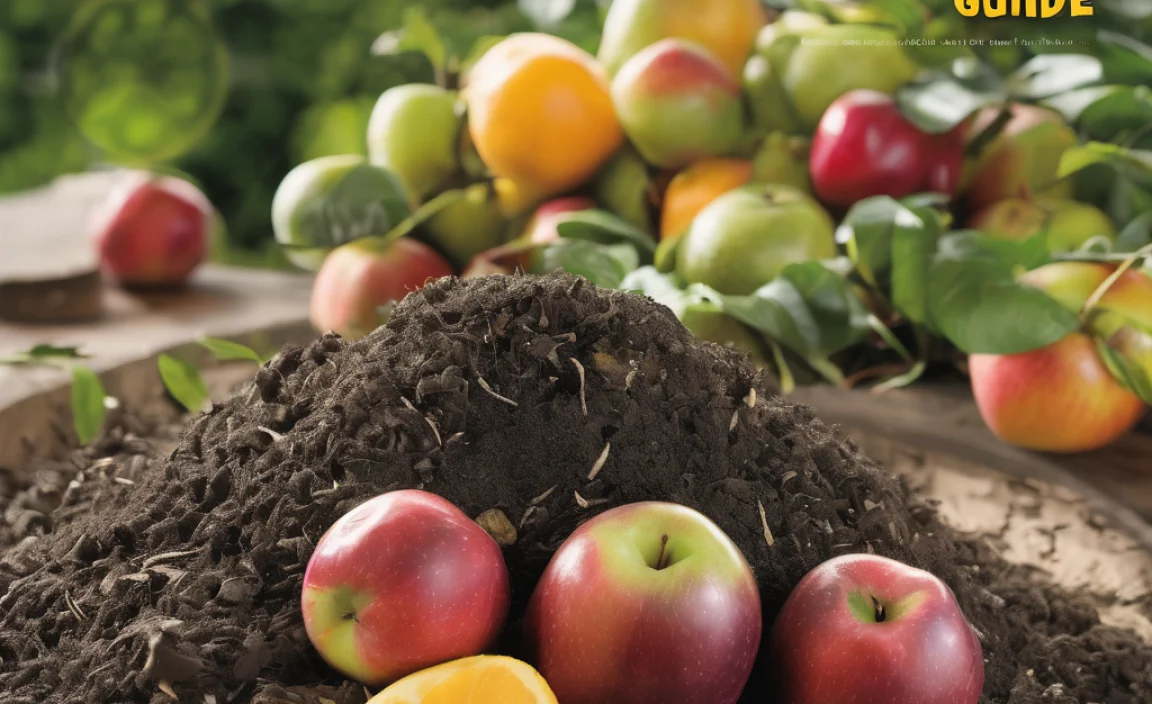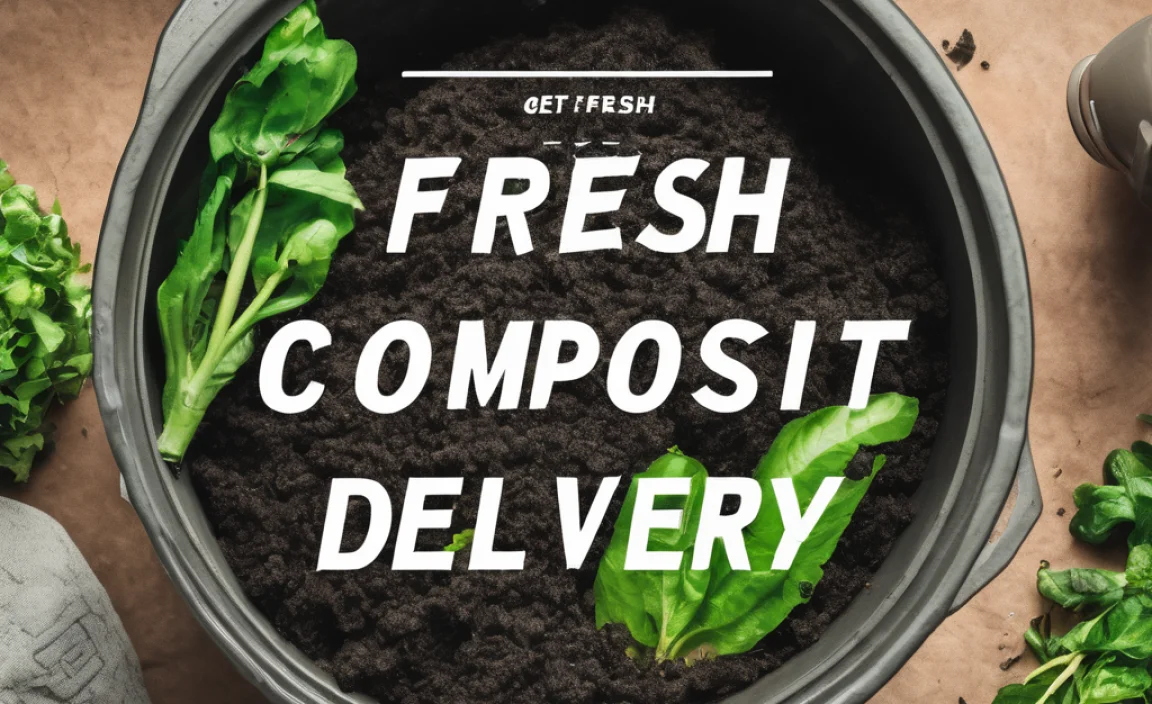**Quick Summary:** Figuring out what kind of faucet you have is easier than you think! Look closely at the handle setup, spout style, and how it’s mounted. Is it a single handle or two? Does the spout arch high or stay low? Is it connected to the sink or the wall? Once you know these details, you can quickly match your faucet to common types like ball, disc, cartridge, compression, or bridge faucets.
What Kind of Faucet Do I Have? A Simple Guide
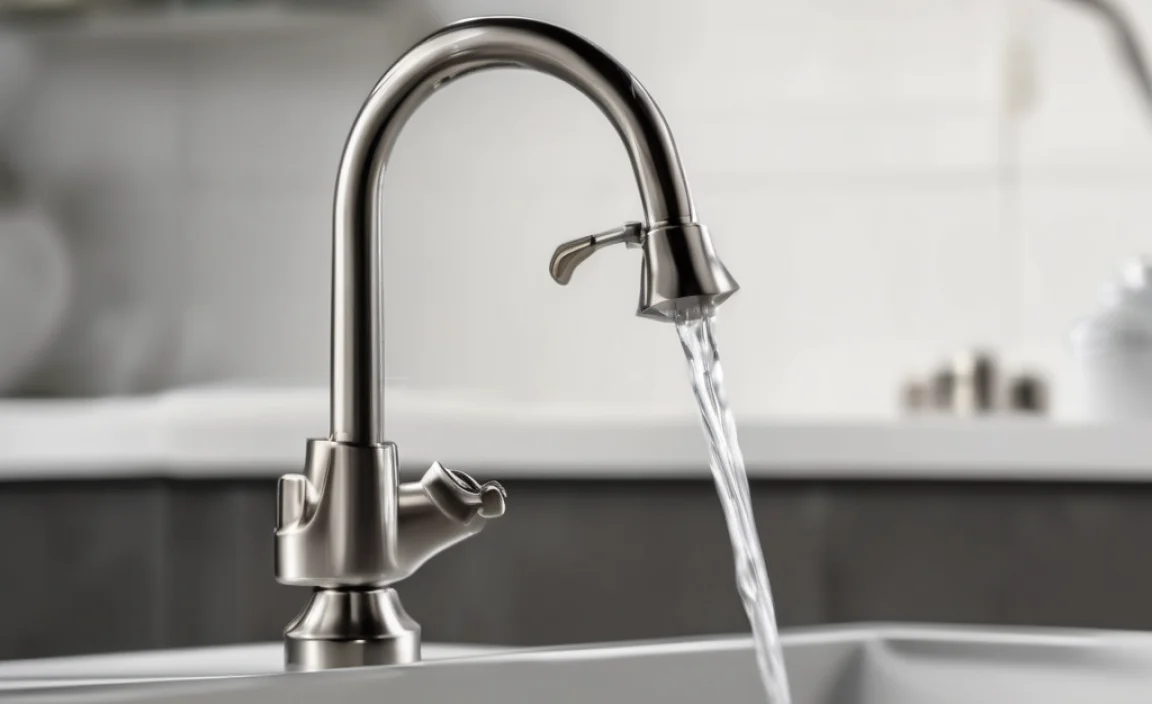
Ever stared at your faucet, wondering what kind it is? You’re not alone! Knowing your faucet type is super helpful, especially when you need to fix a leak or replace parts. It might seem confusing, but don’t worry! We’ll break it down step-by-step. By the end of this guide, you’ll be able to easily identify your faucet. Let’s get started and make faucet identification a breeze!
Why Identifying Your Faucet Matters
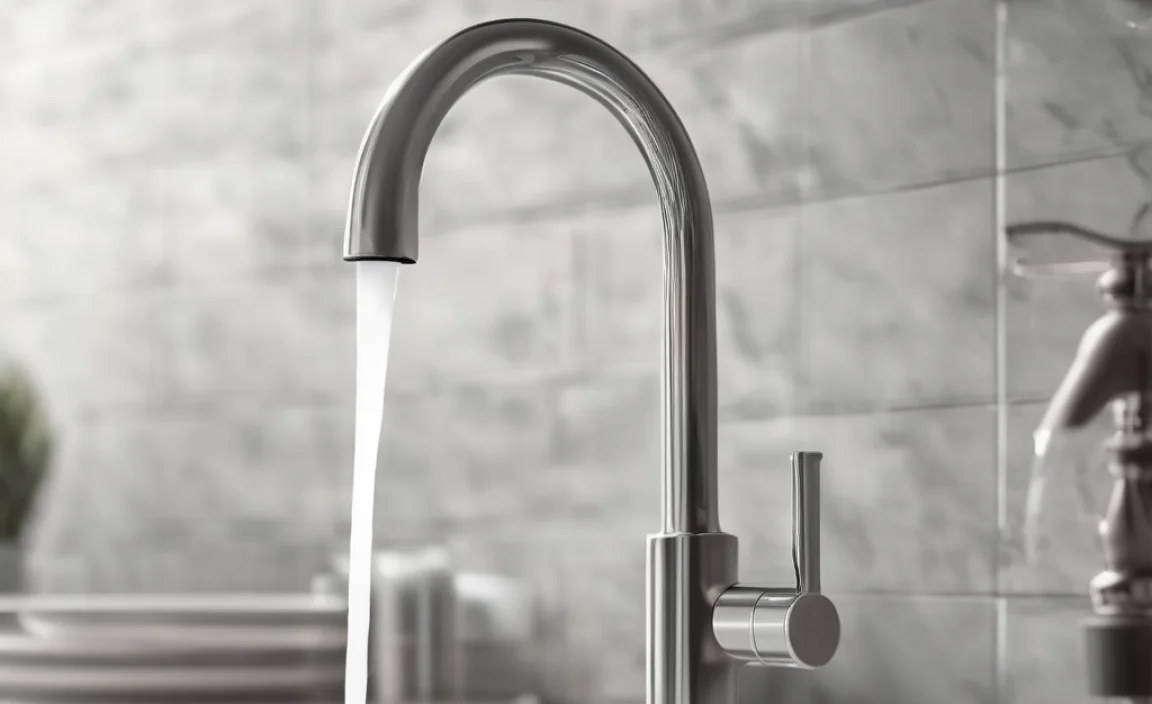
Knowing your faucet type isn’t just about satisfying curiosity. It’s practical! Here’s why:
- Easy Repairs: Different faucets have different parts. Knowing the type helps you buy the right replacement parts.
- Correct Maintenance: Some faucets need special care. Identifying yours ensures you maintain it properly.
- Informed Upgrades: Thinking of a new faucet? Knowing your current setup helps you choose a compatible replacement.
- Avoiding Mistakes: Prevents you from using the wrong tools or techniques that could damage the faucet.
Key Features to Look For
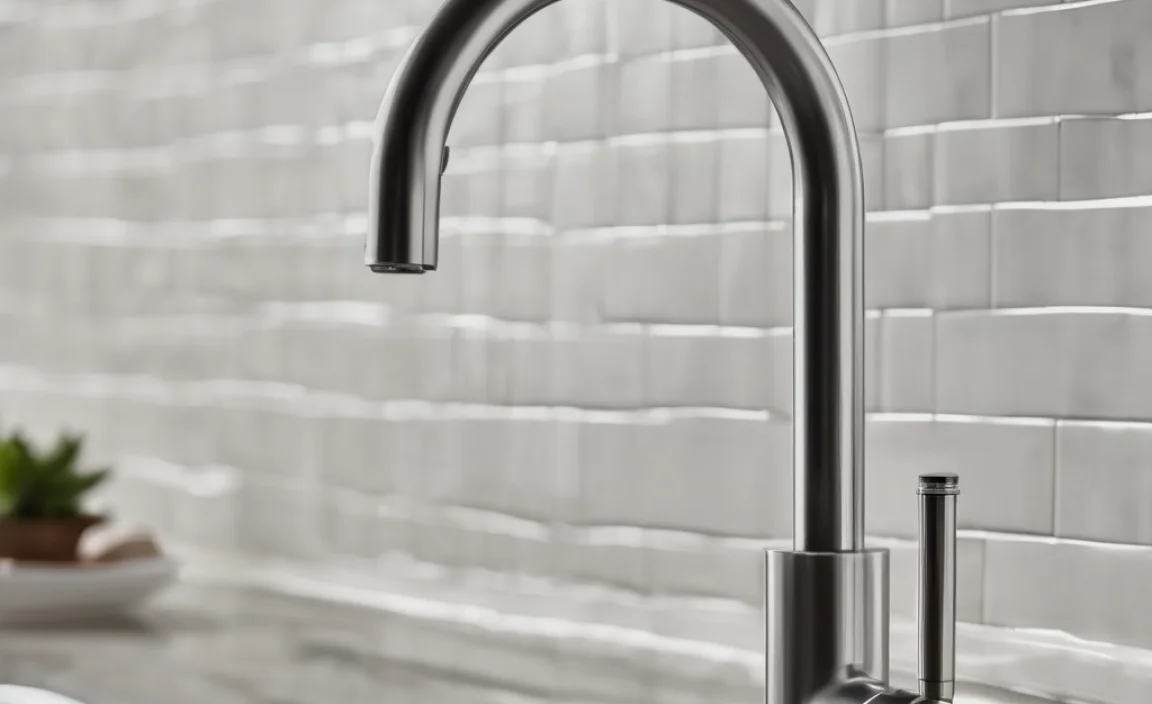
Before diving into specific types, let’s cover the main features to observe. These characteristics will guide you in pinpointing what kind of faucet you’re dealing with.
Handle Type
The handle is the most obvious place to start. Here are the common types:
- Single Handle: One handle controls both water temperature and flow.
- Double Handle: Separate handles for hot and cold water.
- Knob Handles: Round handles that you twist.
- Lever Handles: Handles that you push or pull.
Spout Style
The spout is the part where the water comes out. Here are some common styles:
- High-Arc: Tall, curved spout, offering lots of clearance.
- Low-Arc: Shorter, less curved spout.
- Gooseneck: A high-arc spout with a distinctive S-shape.
- Pull-Down/Pull-Out: Spout with a spray head that can be pulled out for easier rinsing.
Mounting Style
How the faucet is attached to the sink or wall is another key feature:
- Centerset: Faucet and handles mounted on a single base with 4 inches distance between the handles.
- Widespread: Separate faucet and handles, typically 8 inches or more apart.
- Single-Hole: Faucet mounted in a single hole.
- Wall-Mounted: Faucet attached directly to the wall.
Types of Faucets: The Main Categories
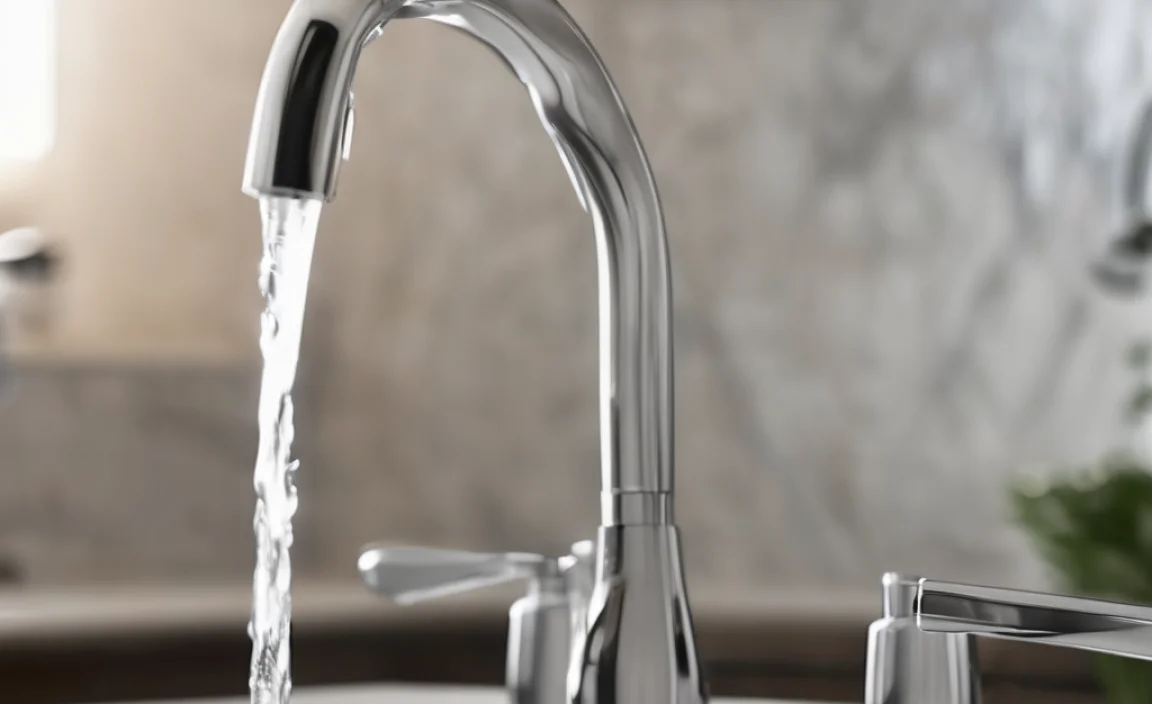
Now that you know what to look for, let’s explore the main types of faucets you might have. Each type uses a different mechanism to control water flow and temperature.
1. Compression Faucets
Compression faucets are one of the oldest types around. They’re easily recognized by their separate hot and cold water handles that you must tighten to shut off the water.
How They Work
Compression faucets use rubber washers that compress against the valve seat to stop water flow. When you turn the handle, you’re actually screwing the stem down to compress the washer.
Pros and Cons
| Pros | Cons |
|---|---|
| Affordable and easy to find. | Tend to drip more often. |
| Simple design makes them easy to repair. | Washers wear out and need replacement. |
| Parts are inexpensive. | Require more force to turn on and off. |
How to Identify
- Two separate handles for hot and cold water.
- You need to tighten the handles firmly to stop the water completely.
- Often found in older homes.
2. Ball Faucets
Ball faucets are easily identifiable by their single handle that moves left and right to control temperature and up and down to control water flow.
How They Work
These faucets use a ball valve with slots and chambers inside. The single handle controls the alignment of these slots to mix hot and cold water.
Pros and Cons
| Pros | Cons |
|---|---|
| Single handle for easy temperature and flow control. | More complex design means more potential leak points. |
| Stylish and modern look. | Can be more difficult to repair than compression faucets. |
| Good water flow rate. | Replacement parts can be harder to find. |
How to Identify
- Single handle that pivots.
- Handle controls both water flow and temperature.
- Often has a dome-shaped base.
3. Cartridge Faucets
Cartridge faucets are another type with a single handle, but they operate differently than ball faucets. They are known for their smooth operation.
How They Work
These faucets use a cartridge inside the faucet body. When you move the handle, the cartridge slides up and down to control water flow and pivots to adjust temperature.
Pros and Cons
| Pros | Cons |
|---|---|
| Smooth and easy handle operation. | Can be sensitive to hard water deposits. |
| Fewer parts than ball faucets, making them more reliable. | Cartridge needs to be an exact match for replacement. |
| Simple to repair by replacing the cartridge. | May require special tools for cartridge replacement. |
How to Identify
- Single handle that moves up and down for flow and side to side for temperature.
- Smooth, easy handle movement.
- When it leaks, replacing the cartridge usually fixes the problem.
4. Disc Faucets
Disc faucets are a more modern type known for their sleek design and reliable performance. They are a step up in terms of technology compared to older types.
How They Work
Disc faucets use two ceramic discs that slide over each other. Moving the handle aligns openings in the discs to control water flow and temperature.
Pros and Cons
| Pros | Cons |
|---|---|
| Very durable and reliable. | More expensive than other types. |
| Leak-resistant due to the ceramic discs. | Can be noisy if water pressure is high. |
| Modern and stylish design. | Repairs can be more complicated. |
How to Identify
- Single lever handle.
- Wide, cylindrical body.
- Very smooth operation with a quarter-turn on/off.
5. Bridge Faucets
Bridge faucets are characterized by their distinctive design where the hot and cold water handles are connected by a visible horizontal pipe, or “bridge,” above the sink.
How They Work
Bridge faucets combine hot and cold water through a central spout, with the water mixing within the faucet body. They can utilize various valve types, such as compression, cartridge, or ball valves, depending on the model.
Pros and Cons
| Pros | Cons |
|---|---|
| Unique, vintage-inspired aesthetic. | Can be more challenging to install due to specific plumbing requirements. |
| Available in a variety of finishes and styles. | May require specialized parts for repairs, depending on the valve type. |
| Adds a decorative element to the kitchen or bathroom. | The exposed piping can take up more space behind the sink. |
How to Identify
- Visible horizontal pipe connecting the hot and cold water handles.
- Often features a vintage or traditional design.
- Typically available in widespread configurations.
Faucet Placement and Configuration
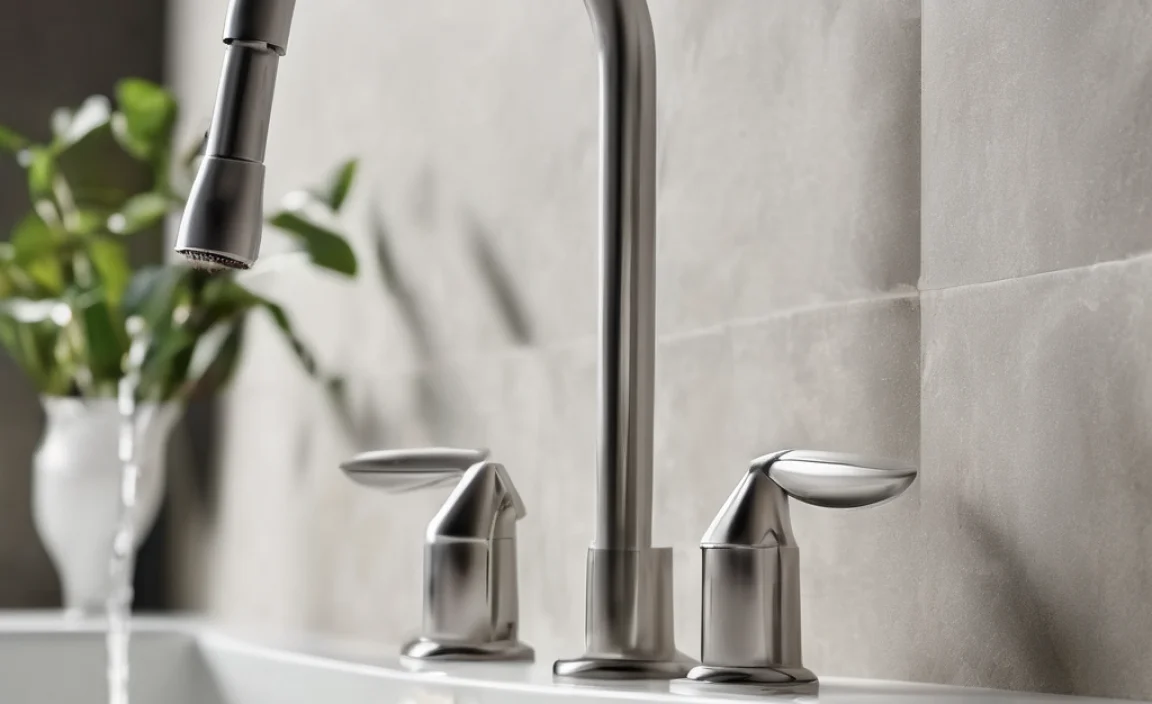
Aside from the internal mechanisms, how the faucet is placed and configured can also help you identify what you have. Here are some common placements:
Centerset Faucets
Centerset faucets are designed for sinks with three holes, where the holes are four inches apart. The handles and spout are all mounted on a single base.
How to Identify
- Designed for sinks with three holes spaced 4 inches apart.
- Handles and spout are mounted on a single base.
- Commonly found in smaller bathrooms or powder rooms.
Widespread Faucets
Widespread faucets are also designed for sinks with three holes, but the holes are much further apart—typically eight inches or more. The handles and spout are separate pieces.
How to Identify
- Designed for sinks with three holes spaced 8 inches or more apart.
- Handles and spout are installed separately.
- Offers a more customizable and decorative look.
Single-Hole Faucets
Single-hole faucets are designed for sinks with only one hole. They often feature a single handle that controls both water flow and temperature.
How to Identify
- Designed for sinks with a single hole.
- Often uses a single lever handle.
- Provides a clean, minimalist look.
Wall-Mounted Faucets
Wall-mounted faucets are installed directly into the wall above the sink. They free up counter space and offer a unique, modern look.
How to Identify
- Installed directly into the wall above the sink.
- No base or mounting on the sink itself.
- Requires plumbing to be run inside the wall.
Step-by-Step Identification Guide
Ready to put your knowledge to the test? Follow these steps to identify your faucet.
- Examine the Handles: How many handles are there? Are they levers or knobs? Do you need to tighten them to stop the water?
- Observe the Spout: Is it high-arc or low-arc? Does it pull out? What shape is it?
- Check the Mounting: How is the faucet attached to the sink or wall? Are the handles and spout on a single base, or are they separate?
- Operate the Handle(s): How does the handle feel when you move it? Is it smooth, or does it require force?
- Compare Your Observations: Match your observations to the descriptions of each faucet type above.
Tips for Troubleshooting Common Faucet Problems
Once you’ve identified your faucet, you might be wondering how to deal with common issues. Here are some tips:
- Dripping Faucet:
- Compression Faucets: Usually caused by a worn-out washer. Replace the washer.
- Ball, Cartridge, and Disc Faucets: Often caused by worn-out O-rings or cartridges. Replace the affected part.
- Low Water Pressure:
- Check the aerator for debris. Clean or replace it.
- Inspect the supply lines for kinks or clogs.
- Stiff Handle:
- Apply a silicone-based lubricant to the faucet parts.
- If it’s a cartridge faucet, the cartridge may need replacing.
Remember to turn off the water supply before attempting any repairs!
Tools You Might Need
Depending on the type of faucet and the repair needed, here are some common tools you might use:
- Adjustable Wrench: For loosening and tightening nuts and bolts.
- Screwdrivers: Both flathead and Phillips head.
- Pliers: For gripping and holding parts.
- Basin Wrench: For removing and installing faucets in tight spaces.
- Allen Wrench Set: For removing handles on some faucets.
- Penetrating Oil: To loosen corroded parts.
- Plumber’s Tape: To seal threaded connections.
Safety First!
Before you start any faucet repairs or replacements, keep these safety tips in mind:
- Turn Off the Water: Always turn off the water supply to the faucet before starting any work.
- Protect Your Eyes: Wear safety glasses to protect your eyes from debris.
- Use the Right Tools: Using the correct tools prevents damage to the faucet and injury to yourself.
- Don’t Over-Tighten: Over-tightening can damage parts and cause leaks.
- Call a Professional: If you’re not comfortable doing the repair yourself, call a qualified plumber.
FAQ: Identifying Your Faucet
Q: What’s the easiest way to tell if I have a compression faucet?
A: Compression faucets have two separate handles (one for hot, one for cold) that you need to tighten to completely stop the water. They’re often found in older homes.
Q: How can I identify a cartridge faucet?
A: Cartridge faucets usually have a single handle that moves up and down to control water flow and side to side to control temperature. The handle movement is generally smooth.
Q: What is a widespread faucet?
A: A widespread faucet is designed for sinks with three holes that are spaced far apart (typically 8 inches or more). The handles and spout are installed as separate pieces.
Q: My faucet handle is really stiff. What type of faucet is it likely to be?
A: It could be a cartridge faucet, especially if it used to be smooth. Over time, mineral buildup can cause stiffness. Try lubricating it, but you might need to replace the cartridge.
Q: What does it mean if my faucet is wall-mounted?
A: A wall-mounted faucet is installed directly into the wall above the sink, rather than on the sink itself. This gives a clean, modern look and saves counter space.
Q: Are disc faucets better than ball faucets?
A: Disc faucets are generally considered more durable and reliable than ball faucets due to their ceramic disc design. However, they can be more expensive and complicated to repair.
Q: Can I replace a centerset faucet with a widespread faucet?
A: Not without modifying the sink or countertop. Centerset faucets fit sinks with three holes spaced 4 inches apart, while widespread faucets need holes spaced 8 inches or more apart.
Conclusion
Identifying your faucet type might have seemed daunting at first, but now you’re equipped with the knowledge to do it with confidence! By looking at the handle type, spout style, and mounting configuration, you can quickly determine whether you have a compression, ball, cartridge, disc, or bridge faucet. This knowledge will help you tackle repairs, maintenance, and upgrades like a pro. So go ahead, take a closer look at your faucet – you’ve got this!

